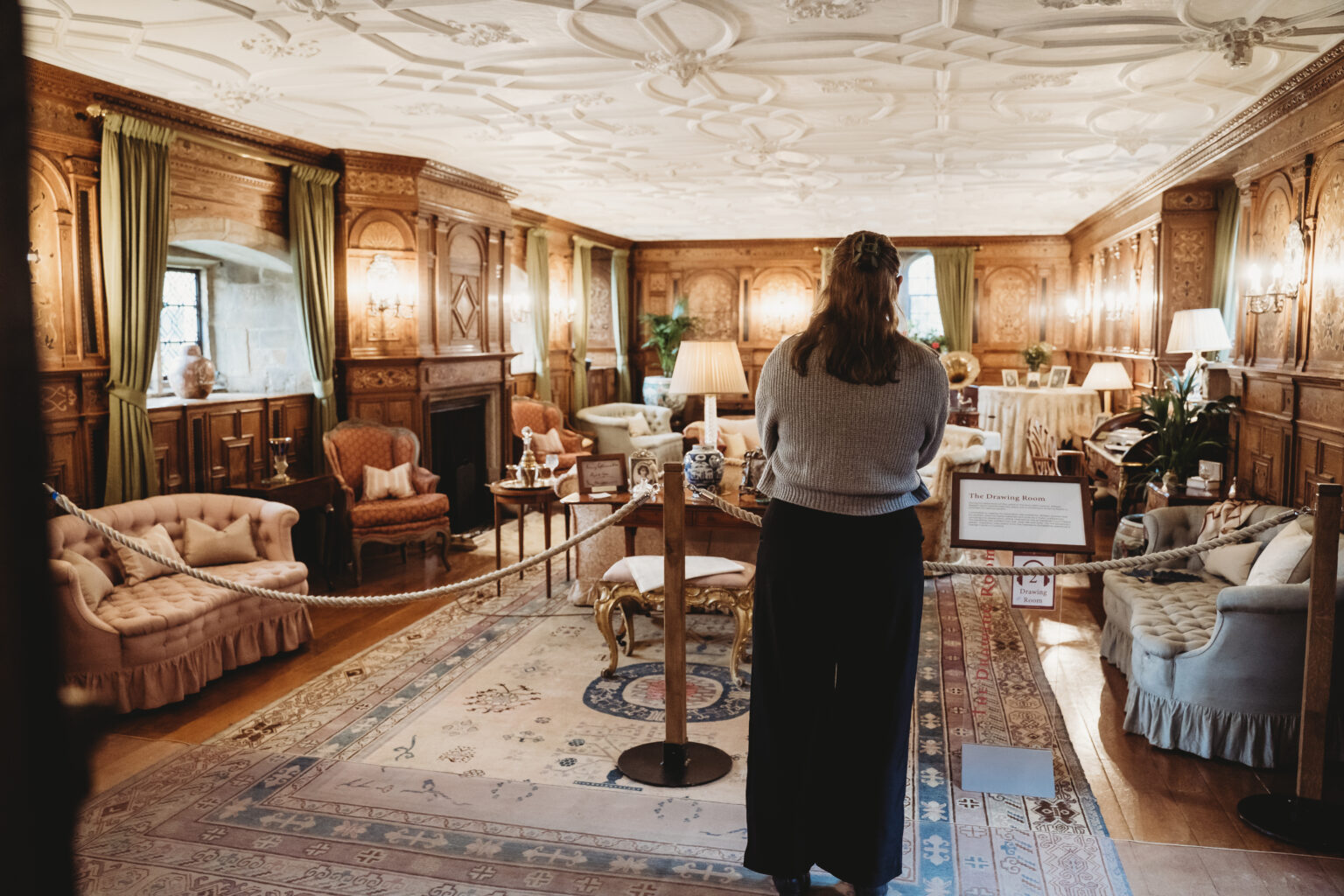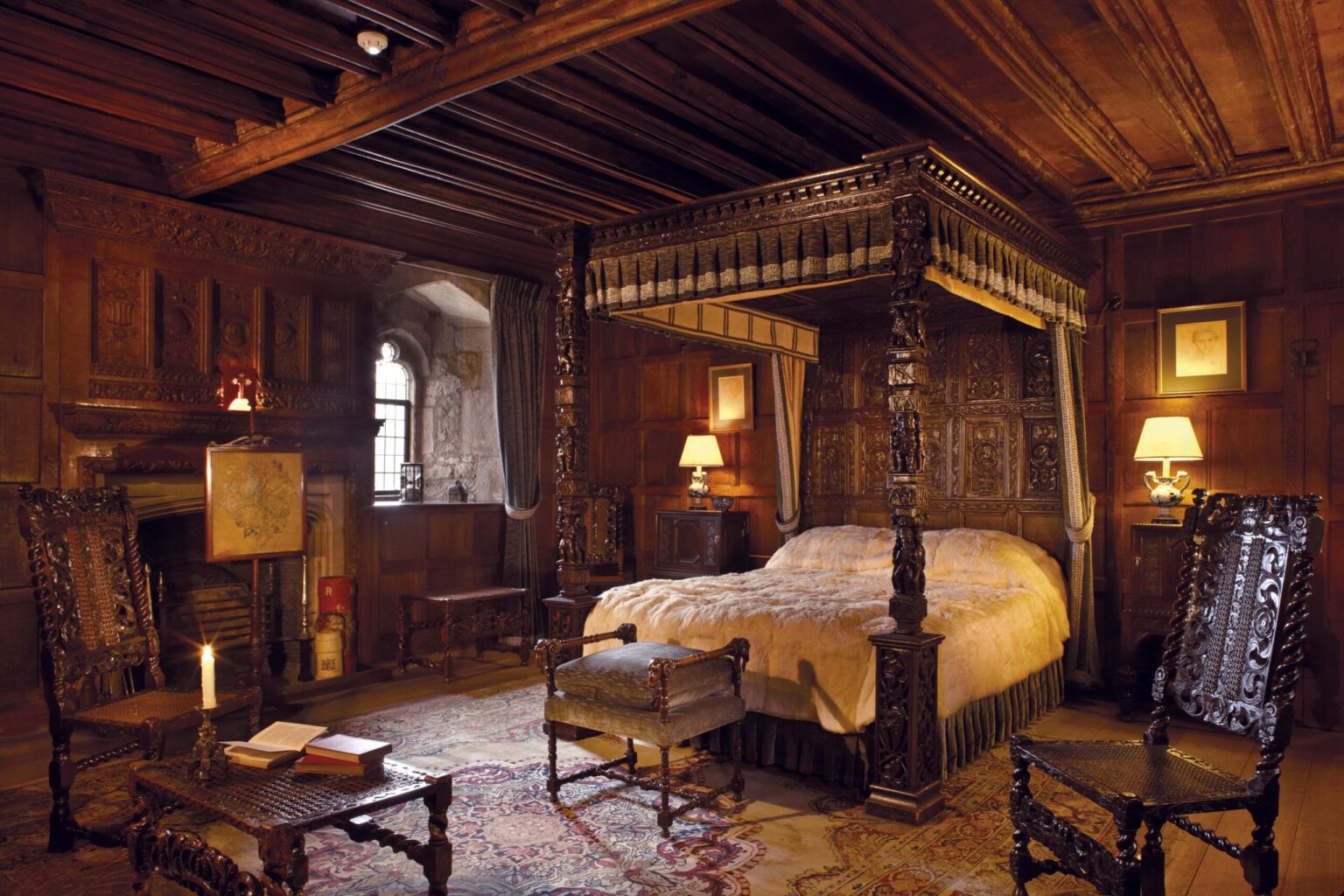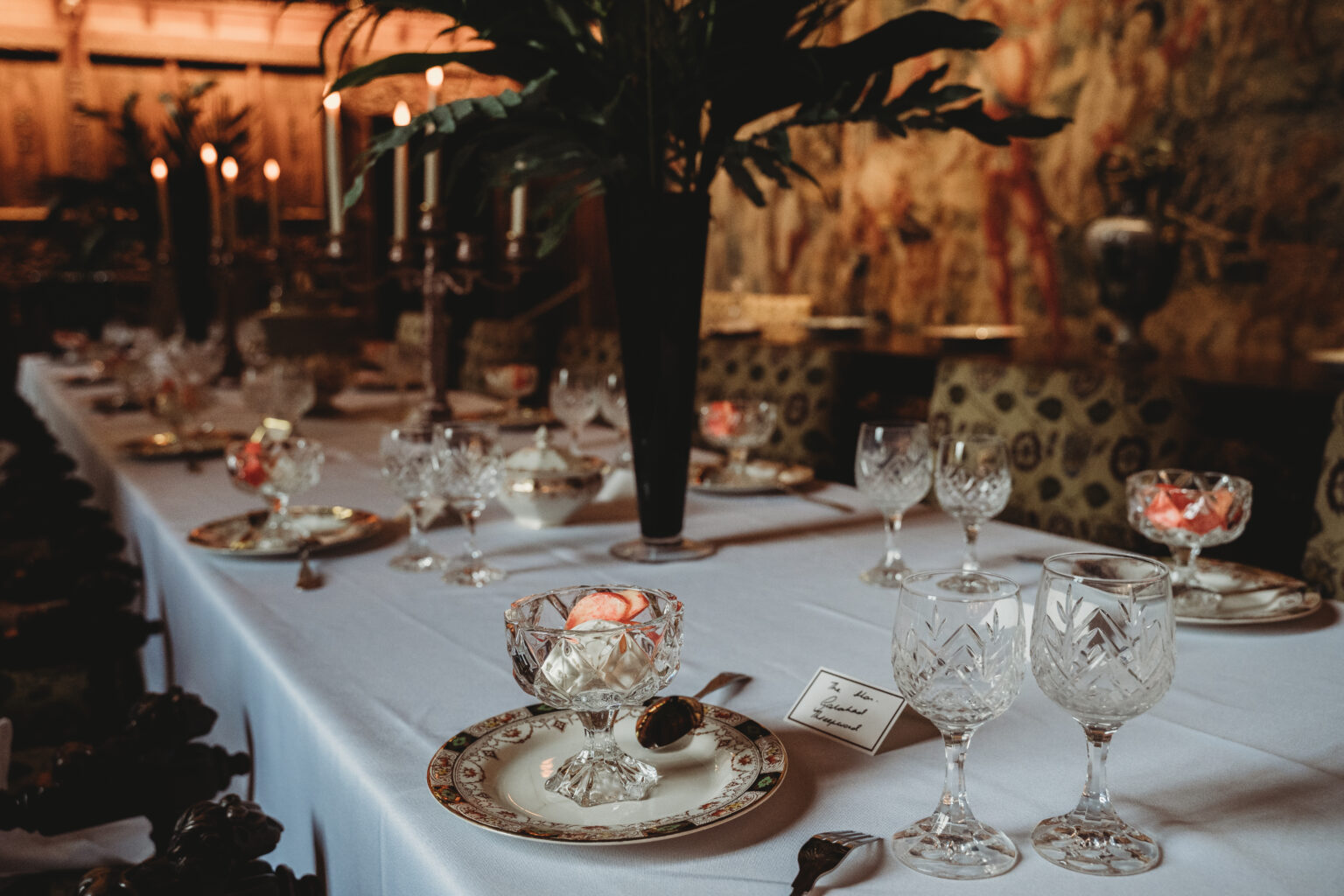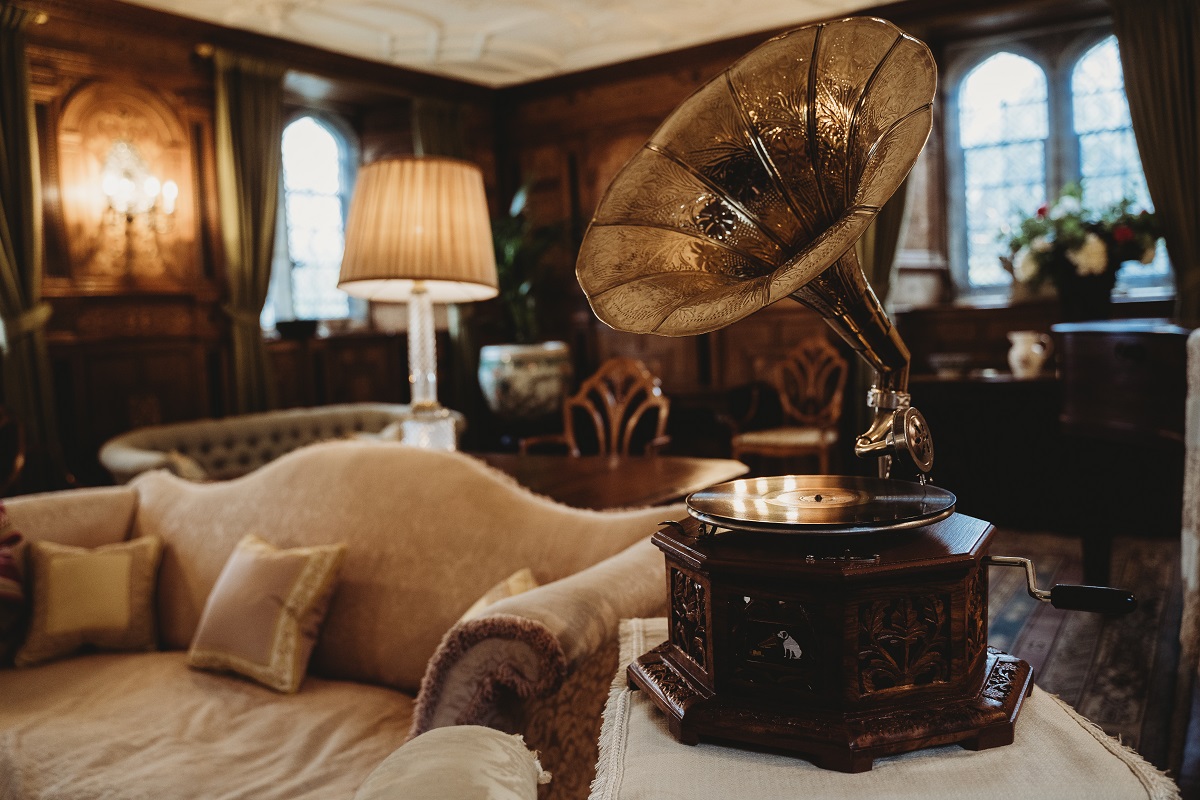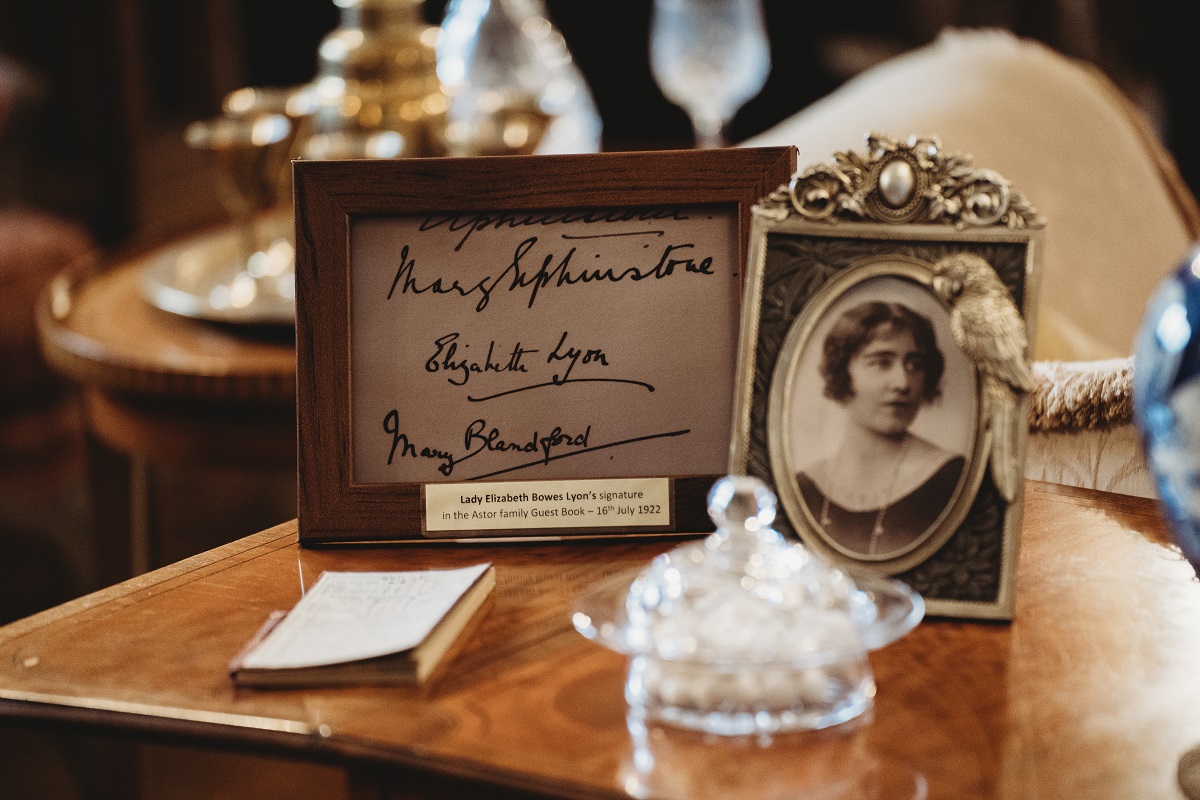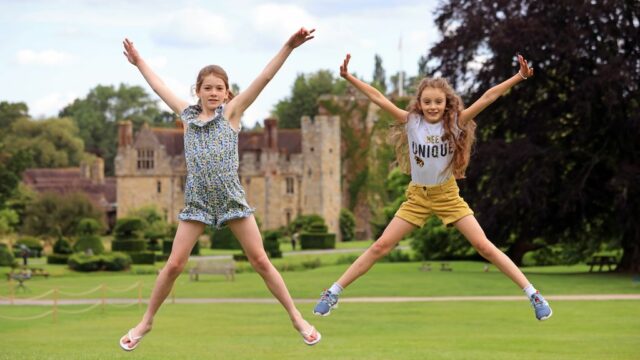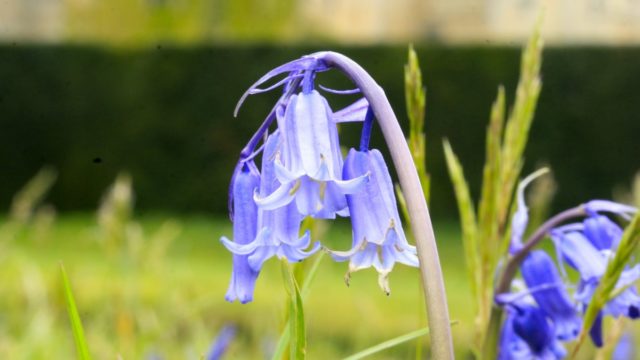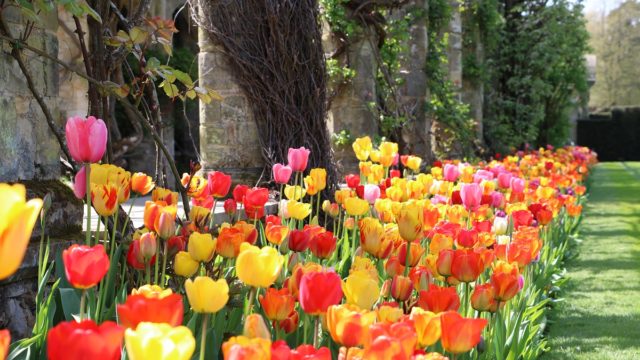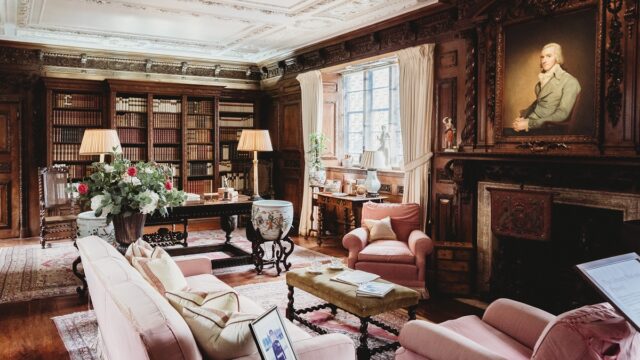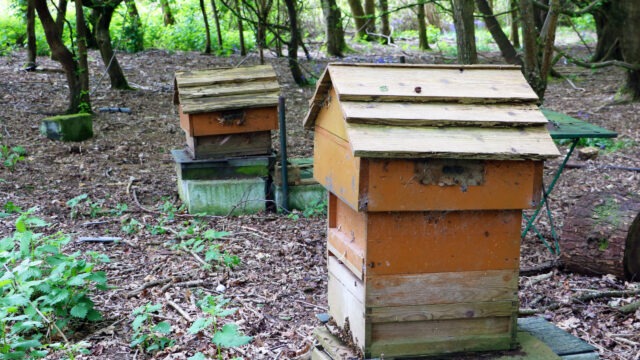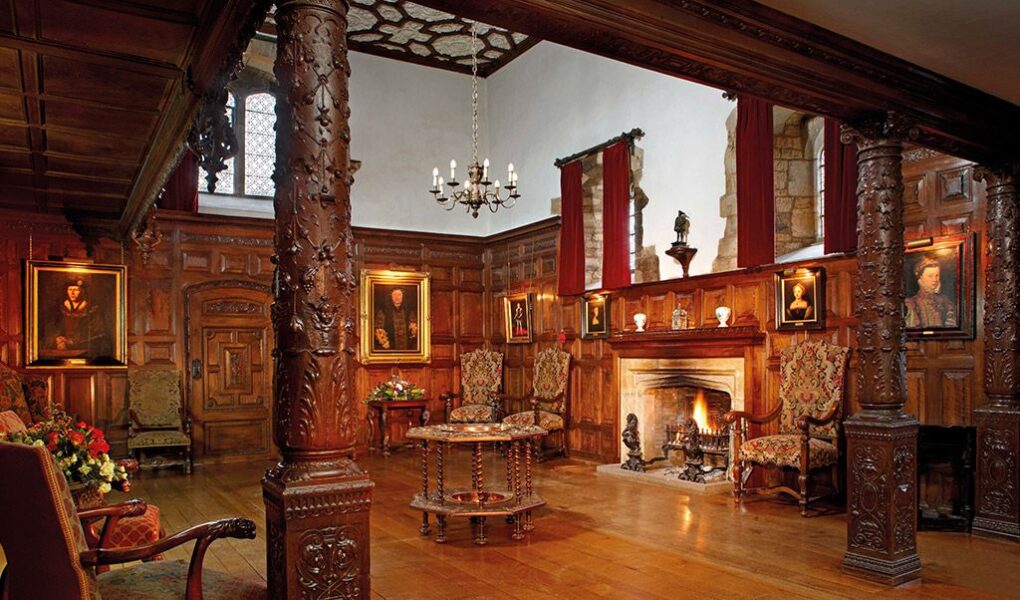
The Inner Hall
The Inner Hall was the Great Kitchen in the Tudor period. The Italian walnut panelling and columns were designed in 1905 by the sculptor William Silver Frith as part of William Waldorf Astor’s restoration of Hever Castle. The gallery above the hall was inspired by the rood screen at King’s College Chapel, Cambridge. The ceiling is in the Elizabethan style and incorporates the Tudor rose emblem.
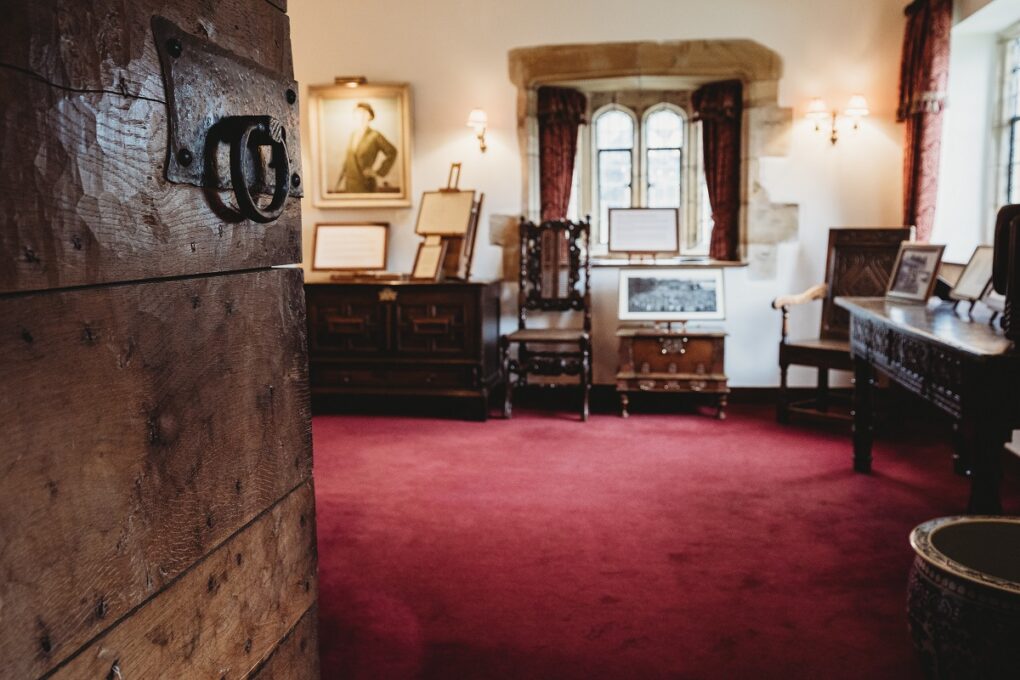
The Moat Room
As part of the recent ground floor re-curation, the Moat Room has now been opened up to visitors.
Visitors will find out about visits from The Times staff and the Second World War effort. This will include footage from Hever Castle in 1943 from the Imperial War Museum.
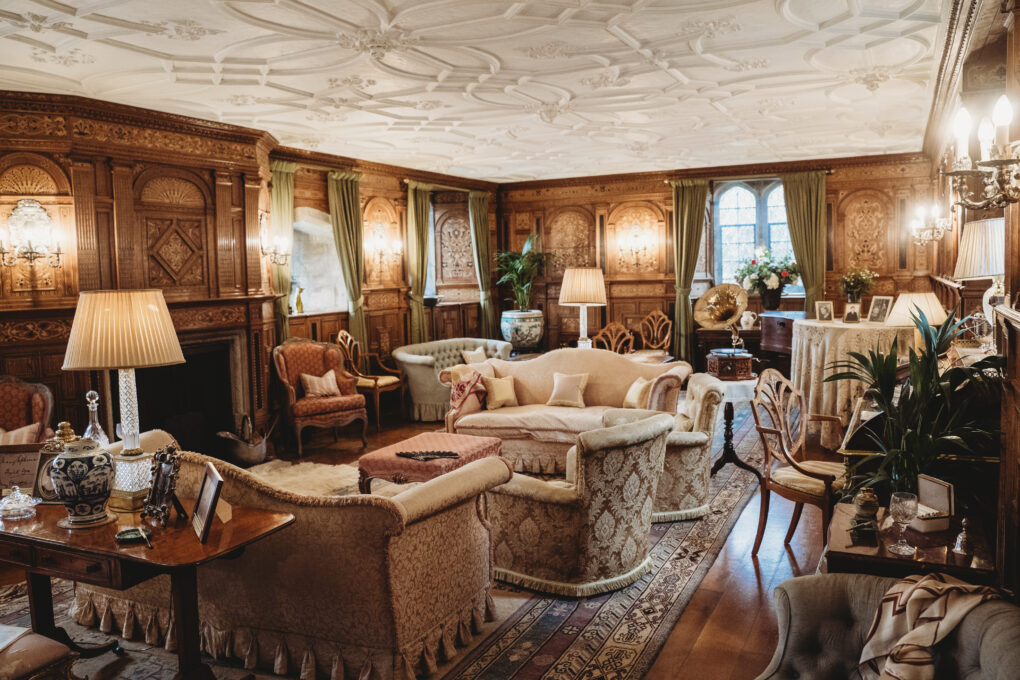
The Drawing Room
This room once contained the domestic offices. In the Tudor period it was originally split into five rooms including the Pantry, Larder and Dairy, and in 1905 became the Drawing Room. This Drawing Room was designed and panelled by the architect Frank Loughborough Pearson for William Waldorf Astor. The oak panelling is inlaid with bog oak and holly and was inspired by the Elizabethan Inlaid Chamber at Sizergh Castle, Cumbria.
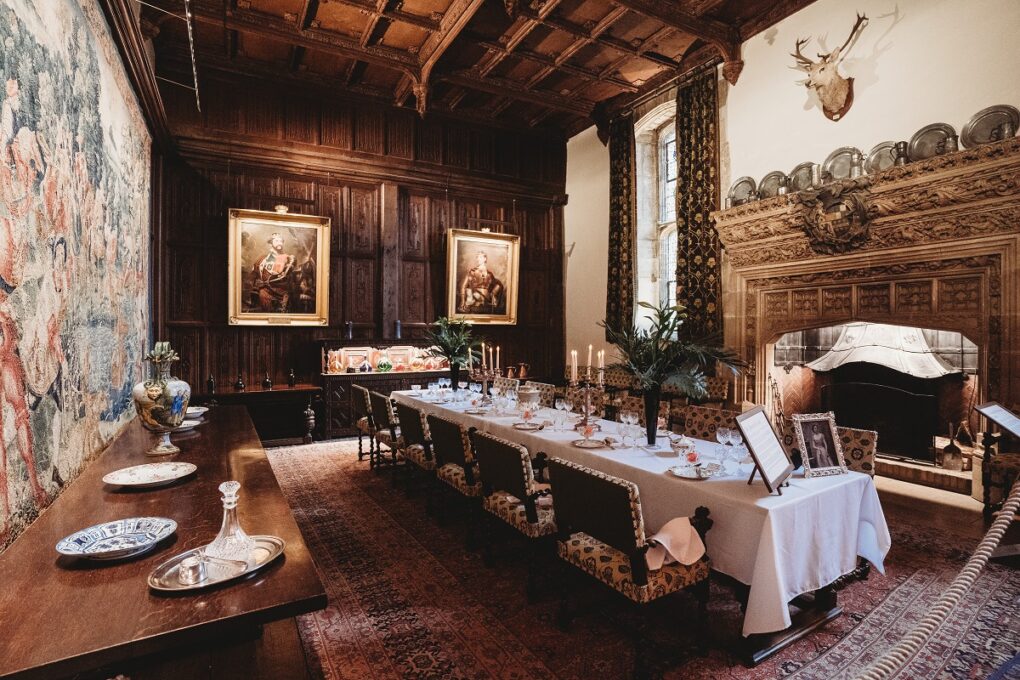
The Great Hall
In the 15th century this room was the Great Hall and was originally open to the roof rafters. The linenfold panelling, the ceiling and the fireplace surmounted by the Boleyn coat of arms were designed by William Silver Frith. The sculptor Nathaniel Hitch carved the Minstrels’ Gallery in 1905.
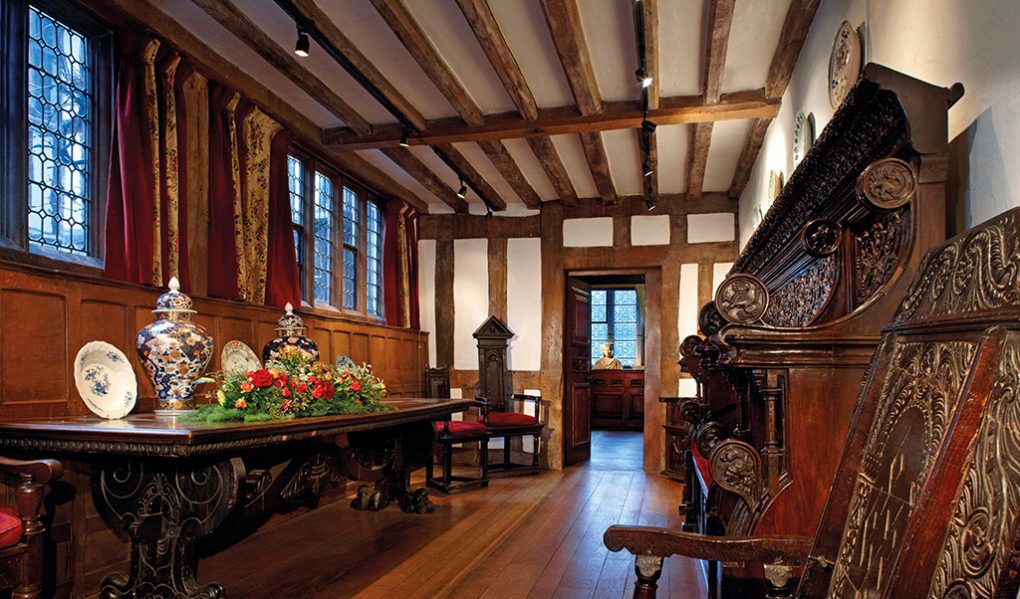
The Entrance Hall
The Entrance Hall was added to the 14th century manor house in the mid-16th century by Anne of Cleves. She also installed a large grand staircase that gave her access to the rooms above. Original timbers from the 14th century can still be seen in the earlier doorway, directly opposite the current entrance.
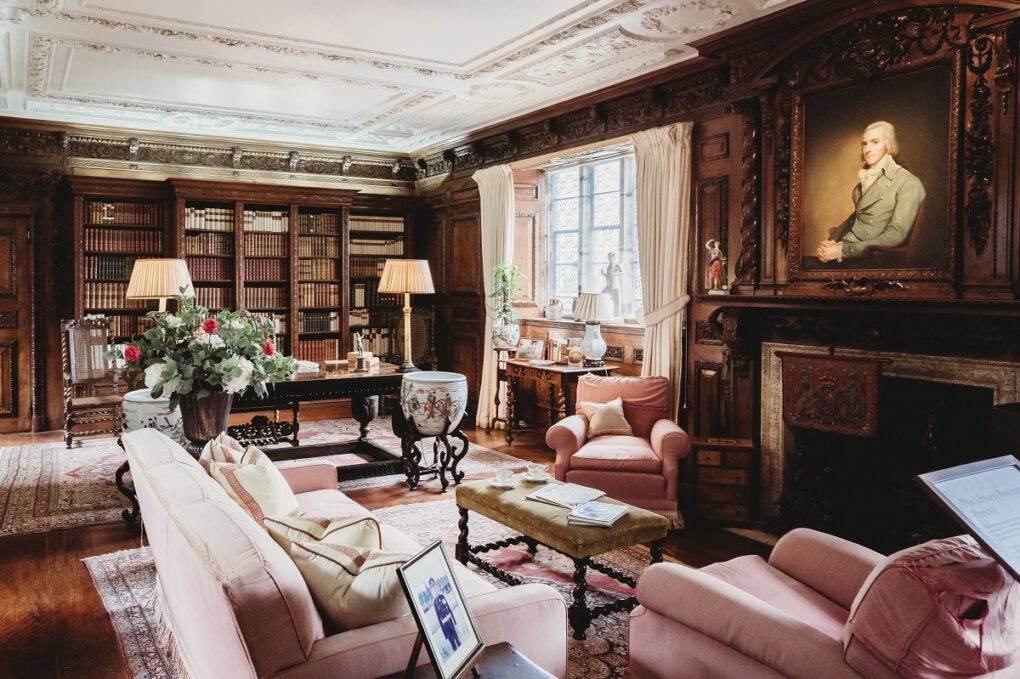
The Library
The Library will be closed from 7 Feb – 25 June – learn more.
This room contained the administrative offices during the Tudor period and became the Library in 1905. The sabicu wood carvings are in the style of Grinling Gibbons. The bookcases are copied from those once owned by the diarist Samuel Pepys. The portrait above the fireplace shows Johann Jakob Astor, founder of the Astor family’s fortune in the late 18th century.
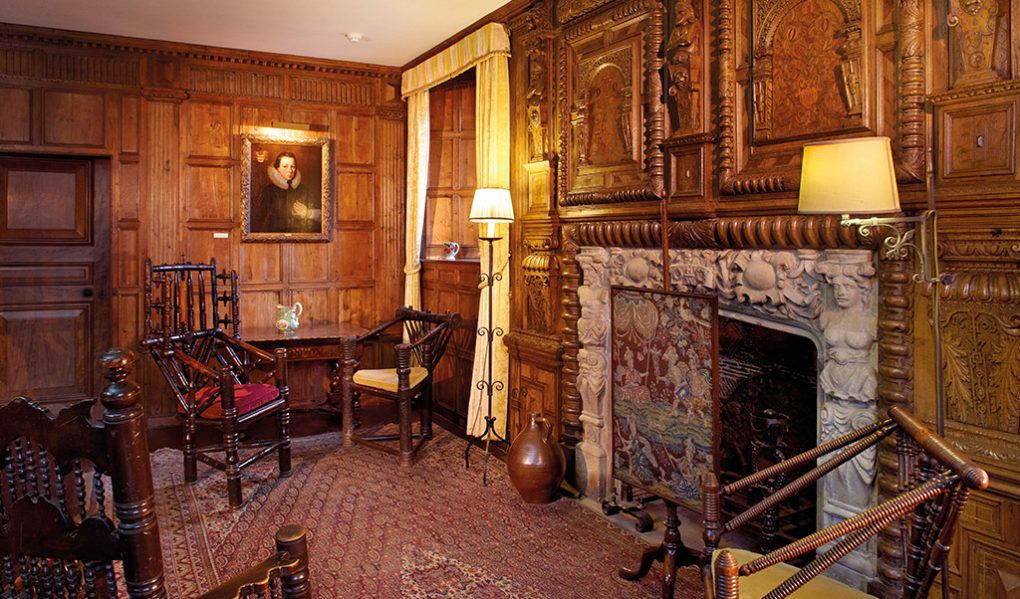
The Morning Room
The Morning Room will be closed from 7 Feb – 25 June – learn more.
The Morning Room was a private retiring room in the Tudor period. This small room was created during the early Boleyn ownership by sectioning off an area behind the Great Hall, one which primarily became a female space. The panelling and fireplace date to the 17th century. In the stone of the fireplace surround are carved the initials H.W, possibly representing Henry Waldegrave whose family owned Hever Castle between 1557 and 1715.
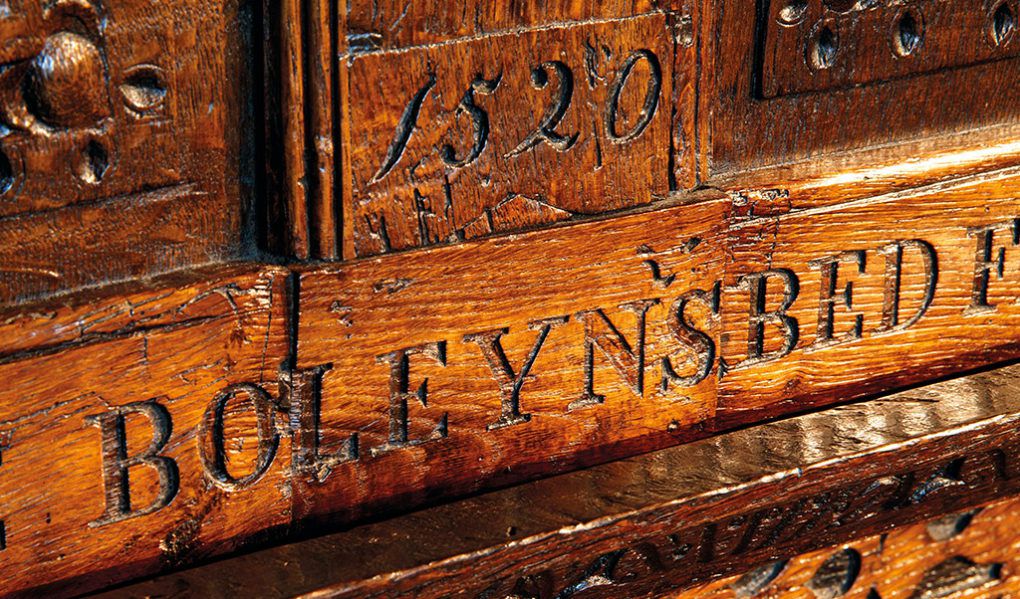
Anne Boleyn’s Bedroom
Anne Boleyn’s Bedroom will be closed from 7 Feb – 25 June – learn more.
Anne Boleyn is believed to have been born in 1501 and spent her early childhood at Hever Castle, which had belonged to her family since 1462. This room has a long tradition associated with it once being Anne’s bedroom. It may actually, however, have been an antechamber to the main family’s Great Chamber next door. What is certain, is that during the Boleyn’s time, this room was the first of their private family suite of rooms. The half-domed ceiling is an original 15th feature designed to give a feeling of greater space and light.
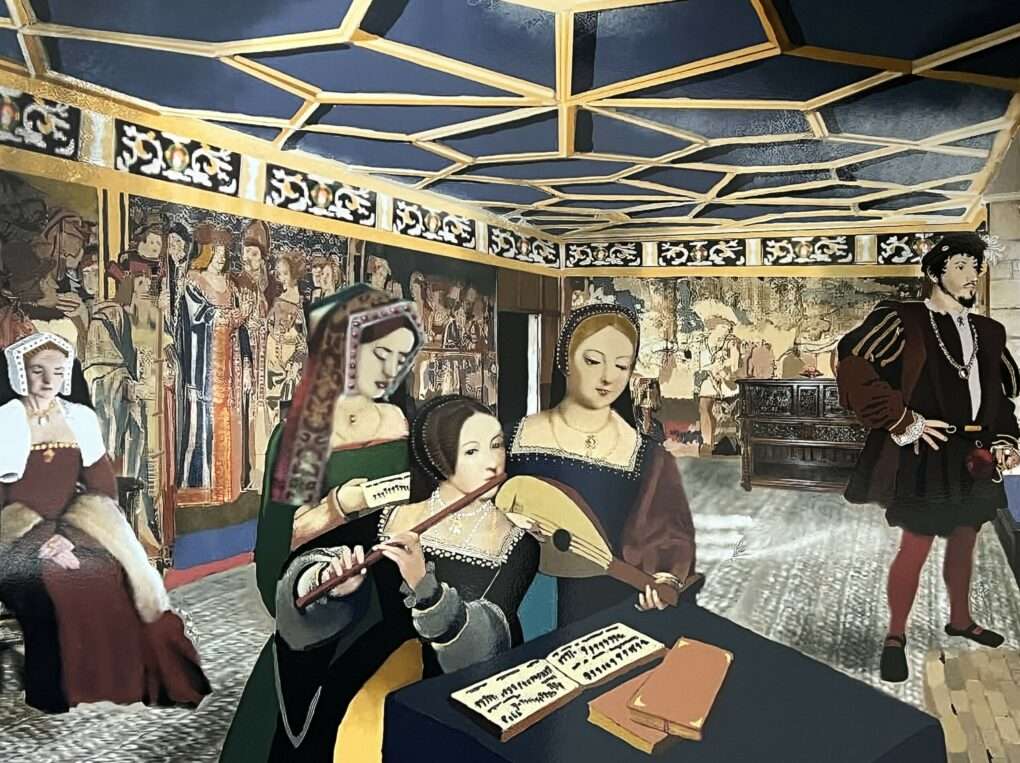
The Book of Hours Room
The Book of Hours room will be closed from 7 Feb – 25 June – learn more.
This room was the very centre of the Boleyn family home. It was where Thomas, Elizabeth and their children would have privately dined, played music, entertained and been educated. This multi-purpose room would have been hung with the finest tapestries and had a beautiful painted ceiling. Many of the transformational conversations around Anne’s proposed marriage to the king would no doubt have taken place in this room.
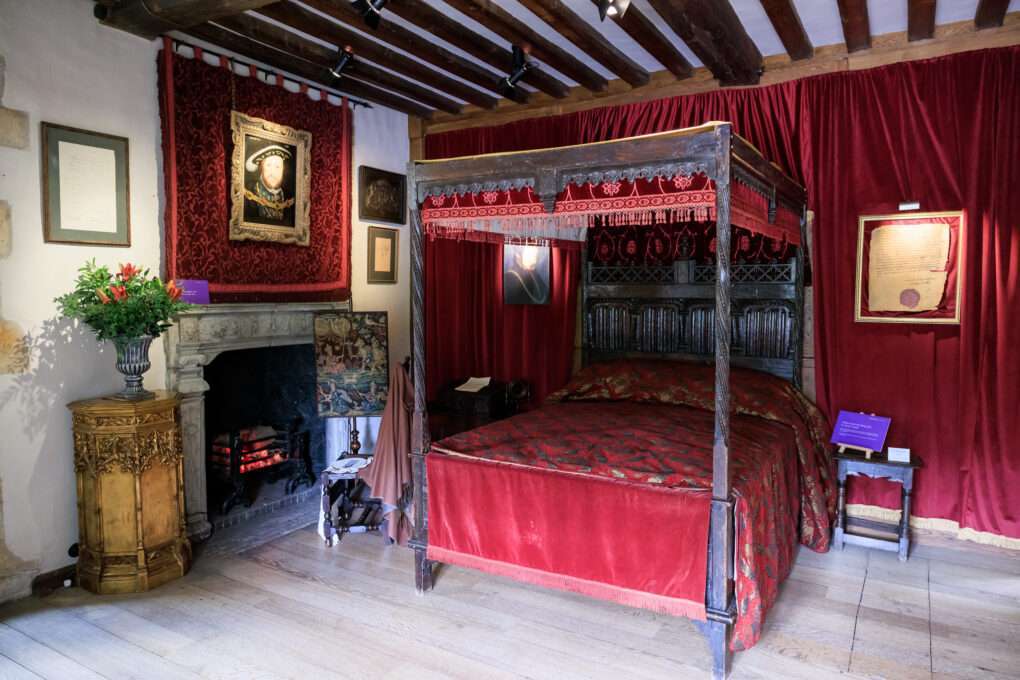
The Queens’ Chamber
The Queens’ Chamber will be closed from 7 Feb – 25 June – learn more.
Thanks to research carried out by Simon Thurley in 2019 we can now be certain that this room was once the Boleyn’s best bed chamber. The ceiling would have been open to the rafters and Elizabeth would have looked up to a crown post roof. This room is where Thomas Boleyn died in 1539 and where Anne of Cleves would have slept when she was staying at the Castle. We have reinstated this room as a bedchamber to reflect its original use.
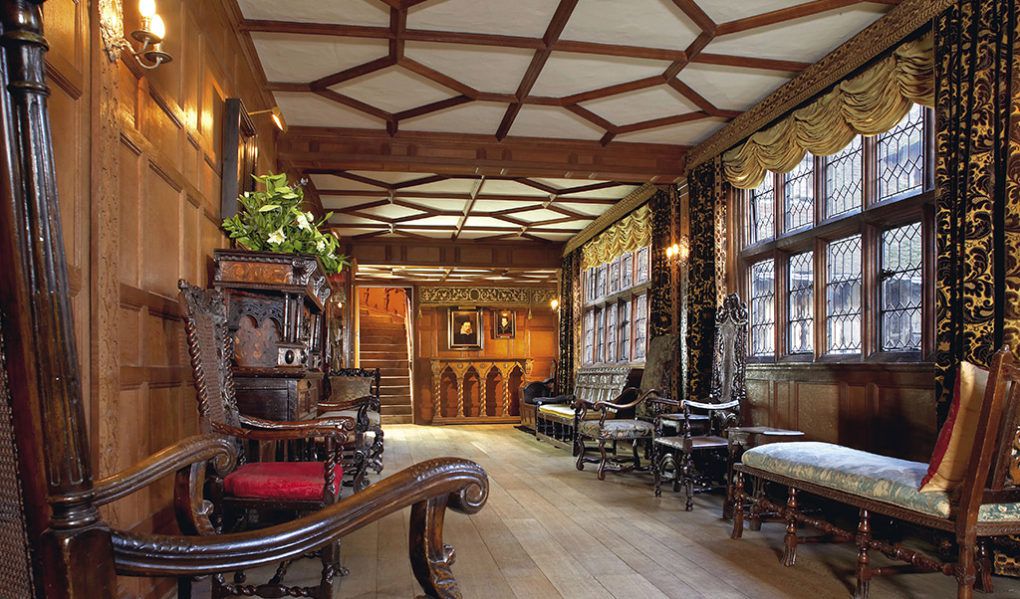
The Staircase Gallery
The Staircase Gallery was built over the Entrance Hall in the mid-16th century by Anne of Cleves to give access between the two wings of the house and her newly built Long Gallery upstairs.
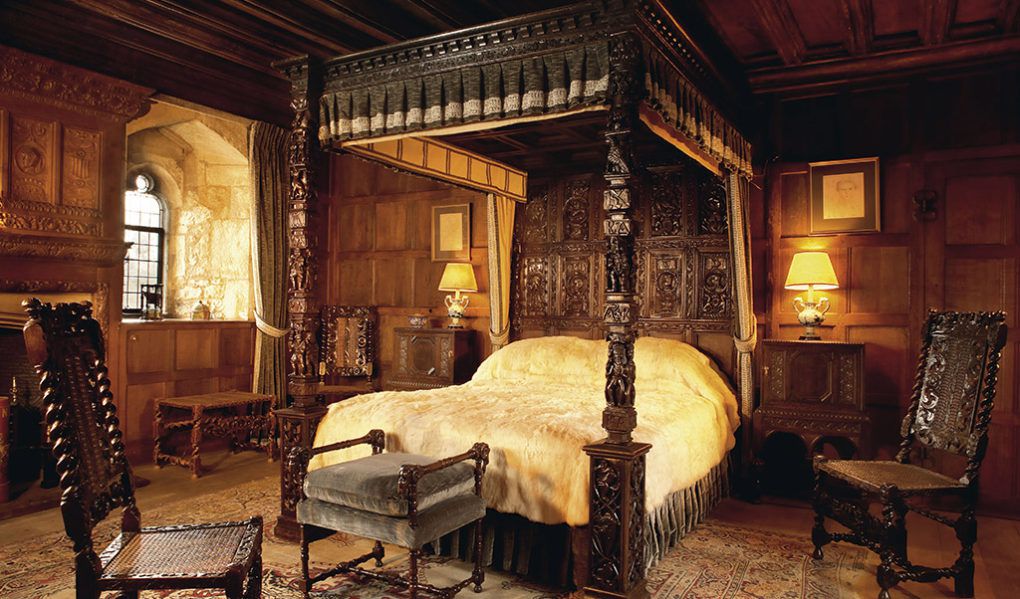
King Henry VIII’s Bedchamber
It is traditionally believed that Henry VIII visited the Castle on several occasions during his courtship with Anne Boleyn, though it is doubtful that he ever spent the night considering the small size of the Castle and also his ownership of Penshurst Place, located a mere 3 miles to the north. The panelling in this room, excluding the section over the fireplace, dates to the 16th century. This room and the one next door were likely a servant’s dormitory, due to their location over the kitchens and associated rooms. The fireplace was added in the 19th century along with the large window.
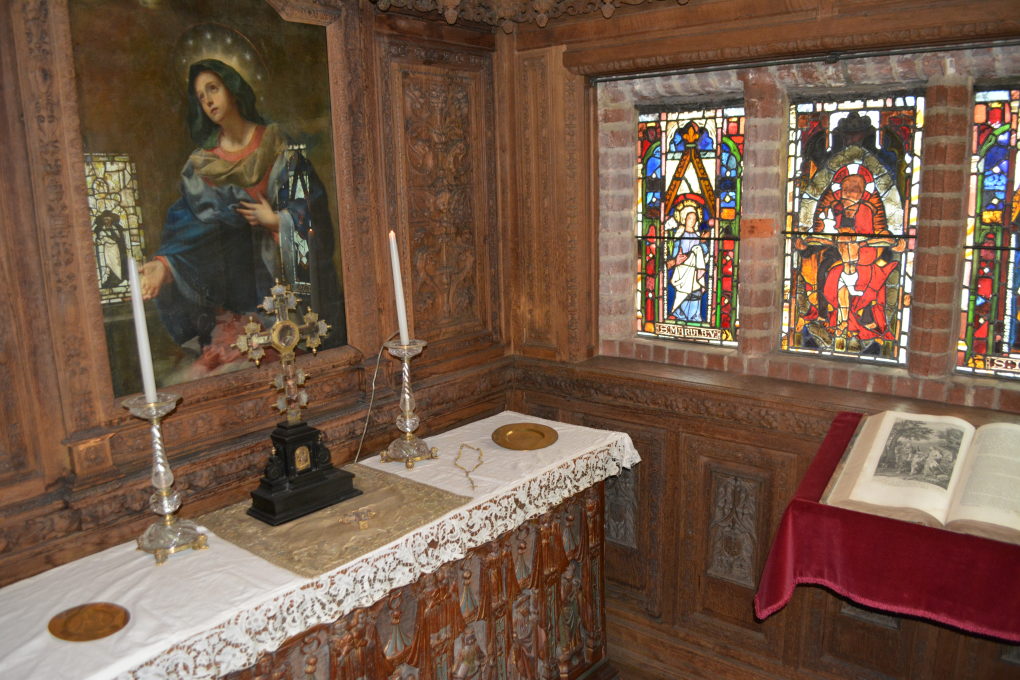
The Waldegrave Room
Along with the room next door, now called King Henry VIII’s bedchamber, this room would once have also been part of the servant’s dormitory. The tower in the north-east corner was added by Thomas Boleyn, with its original use being a staircase to allow servants direct access to their living quarters from the kitchen. In c.1903 William Waldorf Astor created the oratory that we see today.
Anne Boleyn’s Book of Hours are currently on display in this room.
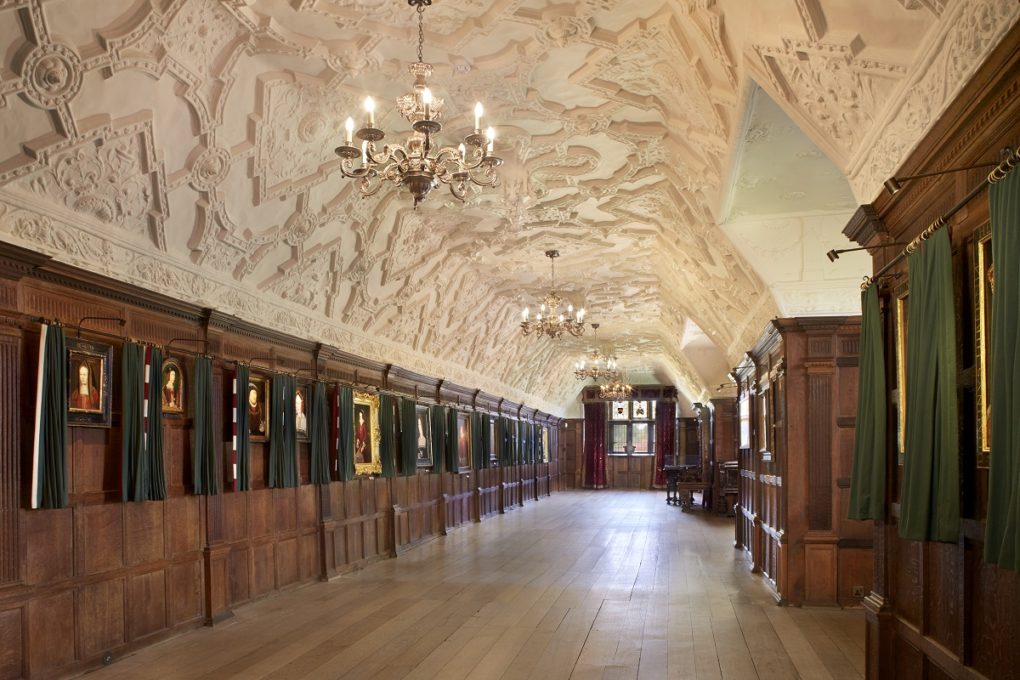
The Long Gallery
The Long Gallery was constructed in the 16th century by Anne of Cleves and extends across the entire width of the Castle. It was used for entertaining guests, taking exercise, and displaying art collections. The panelling dates from the 16th century. The ceiling is an early 20th century reconstruction in the Tudor style created by Nathaniel Hitch.
The new permanent exhibition in the Long Gallery depicts the saga from the Wars of the Roses to the Reformation through its art collection.
Through 24 original portraits hung in dynastic order the story of the Tudors is told starting from Henry VI and ending with Henry VIII.
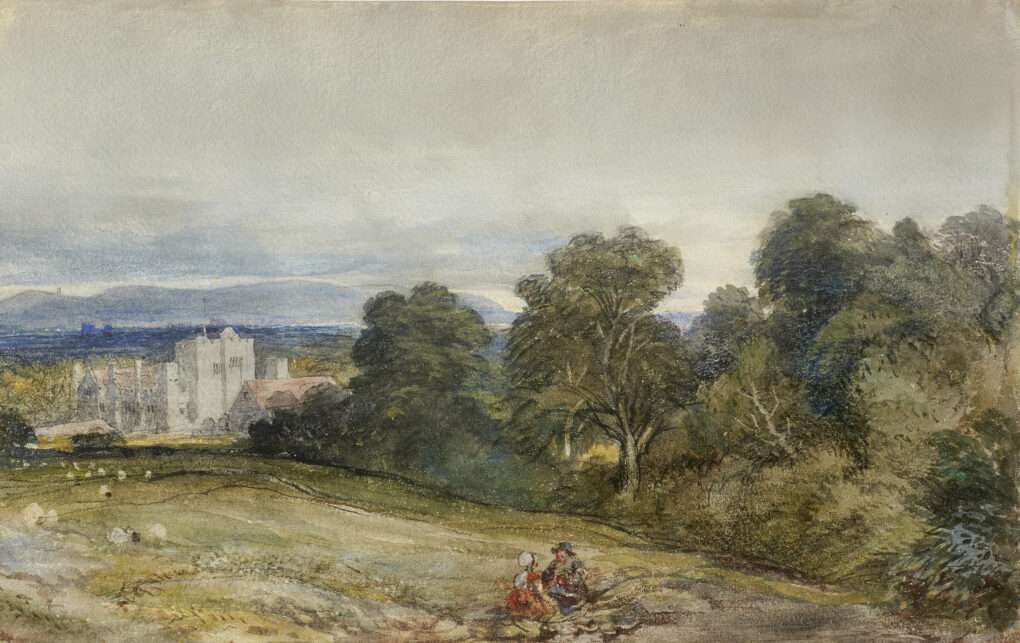
The Astor Suite
This section of the Castle was once known as the Astor Suite and is dedicated to its more recent history. These suite of rooms will soon become a permanent exhibition space.
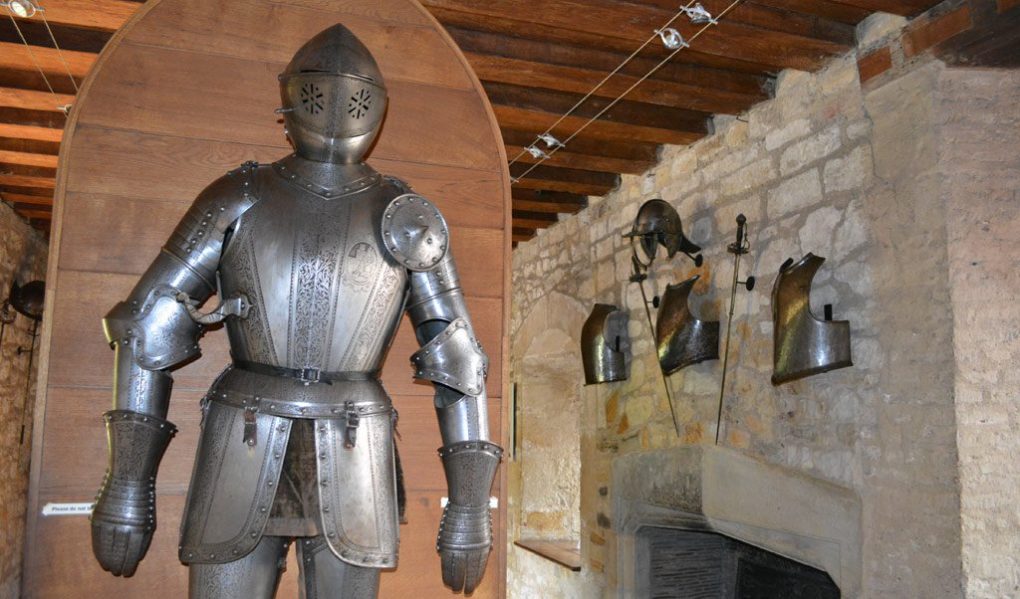
The Gatehouse
The tour of the Castle concludes in the oldest part – the Medieval Gatehouse. The Gatehouse would originally have housed three portcullises’ when they were not in use. Today, only two of the original three survive, with the central portcullis being removed in the 1830s by the then owner, Jane Waldo. This room does still contain the original garderobe, a 14th century toilet which would have emptied directly into the moat.
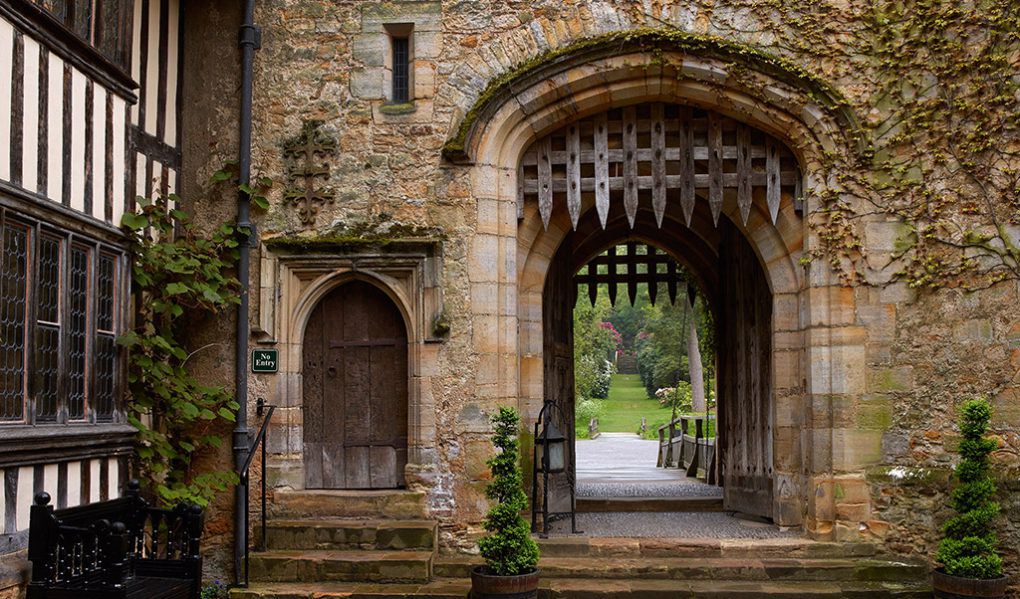
The Castle Courtyard
The Castle Courtyard is where the difference in age between the 14th century Gatehouse and timber-framed Tudor additions is the most obvious. The front portcullis is said to be one of the oldest working portcullises in the country and the drawbridge was reinstated by William Waldorf Astor and can still be raised!

